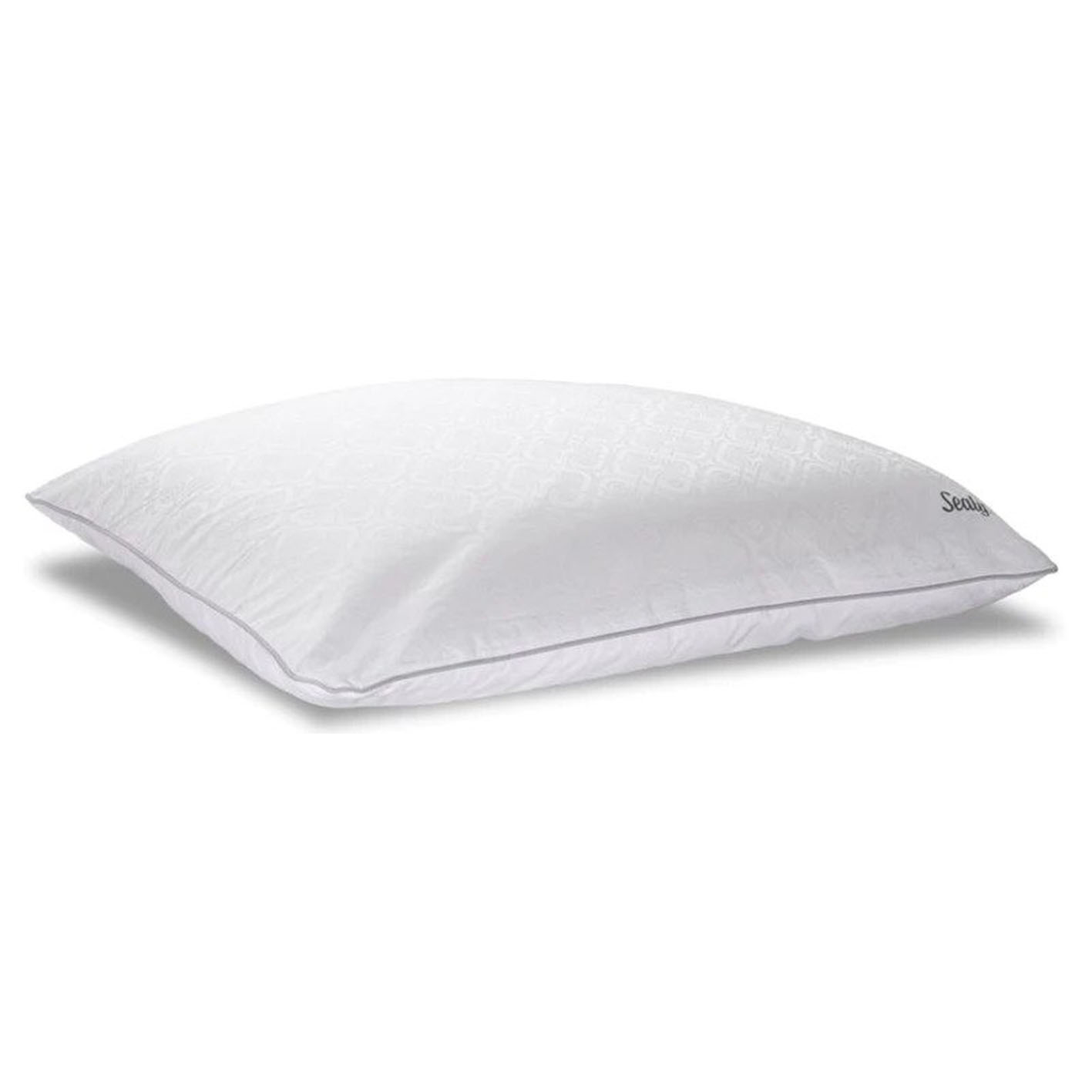How to arrange pillows to sleep upright —and who should sleep in this position
An easy guide to arranging pillows for sleeping upright in bed

We all have our preferred sleep position - be lying on our side, back, or front stomach - but there is another way to sleep: sitting upright. While humans traditionally lie down when trying to catch some Zs, sitting upright can have its benefits.
If you're sleeping on the best mattress for your body yet certain health issues are still getting in the way of your sleep, then you may want o consider sleeping upright. But how exactly can you sleep upright and stay comfortable
This Sleep Awareness Week 2024, we'll discuss how to stack pillows to help you sleep upright and who this arrangement can benefit. We'll also show you what pillows can be used and how you can pick them.
Nectar Mattress: up to 40% off at Nectar Sleep
During Sleep Awareness Week, you can save up to 40% on memory foam and hybrid mattresses at Nectar Sleep. We rate the Nectar Memory Foam as a good choice for people seeking an affordable, breathable and supportive all-foam bed to reduce aches and pains during sleep. A queen is reduced to $649 in the US and a double costs £600 with a free bedding bundle in the UK. You'll also get a lifetime warranty and year's sleep trial.
Who should sleep upright in bed?
While sleeping upright (also known as vertical sleeping) can have its advantages, it's not ideal for everyone. However, people with certain health conditions can benefit the most from resting in a semi-reclined position, which can alleviate particular symptoms.

"Sleeping upright helps reduce snoring as your airways will be more open," explains Claire Davies, Sleep Editor and Certified Sleep Science Coach at Tom's Guide. "It can also help your nose drain effectively if you have post-nasal drip caused by a cold, the flu or a sinus infection."
Davies also recommends vertical sleeping to those with gut issues such as acid reflux: "Stomach acids will have a harder time flowing up the oesophagus in this position. Some people with back and neck pain may also feel more comfortable when sleeping upright, depending on where they are experiencing the most pain.”
How to choose pillows for sleeping upright
Vertical sleeping requires more pillows than sleeping in a reclining position - and you need to make sure these pillows are suitable for stacking. Some pillows might even be much different to the ones you are used to. "When choosing pillows for sleeping upright, we recommend picking larger (wider and with a higher loft) pillows that hold their shape well," advises Davies.
Get instant access to breaking news, the hottest reviews, great deals and helpful tips.
Another important thing she says to consider when picking pillows is material. While memory foam is an excellent choice for cushioning pressure relief, it does have a tendency to trap heat.

“Medium-firm to firm memory foam pillows are an excellent choice as long as they are made with cooling gels or temperature-regulating covers to dissipate heat," says the sleep coach. "We also recommend natural latex pillows, which offer a great blend of firmness and cooling support."
She also recommends opting for an adjustable pillow, especially if you're unsure what pillow firmness to choose from. "These come with a bag of extra fill (for example, cross-cut memory foam) that you can add or remove from the pillow to change its height and make it softer or firmer,” she explains.
To provide extra support for the back or the neck, you also may want to include a travel pillow or cervical pillow and a bolster pillow.
How to arrange pillows to sleep upright in bed
If you're going to stack pillows to help you sleep upright, it's a good idea to learn how to arrange them in the correct order for optimal comfort and support. Here's a step-by-step guide to stacking pillows for vertical sleeping:

1. Place your sturdiest pillow on the bed first to form a supportive base. "This should be much larger and firmer than other pillows in your stack," Davies says.
2. Next, start adding other pillows to your stack. "When adding extra pillows that become increasingly more contouring and softer," says the sleep coach. “Your pillow stack for sleeping upright should reflect the support and comfort layers in a mattress in that sense – firmer at the bottom, squishier at the top."
3. At the top, Davies says you'll need to add a pillow that supports your neck, which tends to bend over when sleeping upright: "If you have neck pain, consider buying a cervical pillow or even using a travel pillow to wrap around your neck and keep it in a comfortable position when you’re sleeping upright in bed.”
4. Once you've stacked the pillows, one on top of the other, you may find there's a slight gap between your lower back and pillow stack when sitting against it. To fill this gap, you can either fill it with a thin, squishy pillow or a small bolster pillow.

Frances Daniels is a PPA-accredited journalist and Sleep Staff Writer at Tom's Guide with an MA in Magazine Journalism from Cardiff University. Her role includes covering mattress and sleep news and writing sleep product reviews and buyer's guides, including our Best Hybrid Mattress 2025 guide. She is interested in the relationship between sleep and health, interviewing an array of experts to create in-depth articles about topics such as nutrition, sleep disorders, sleep hygiene, and mattress care. She is also our specialist on mattress toppers — producing bed topper reviews and taking care of our Best Mattress Toppers 2025 guide — and leads content relating to fiberglass-free beds for a non-toxic sleep. Outside of Tom's Guide, she has written for Ideal Home and Marie Claire.

